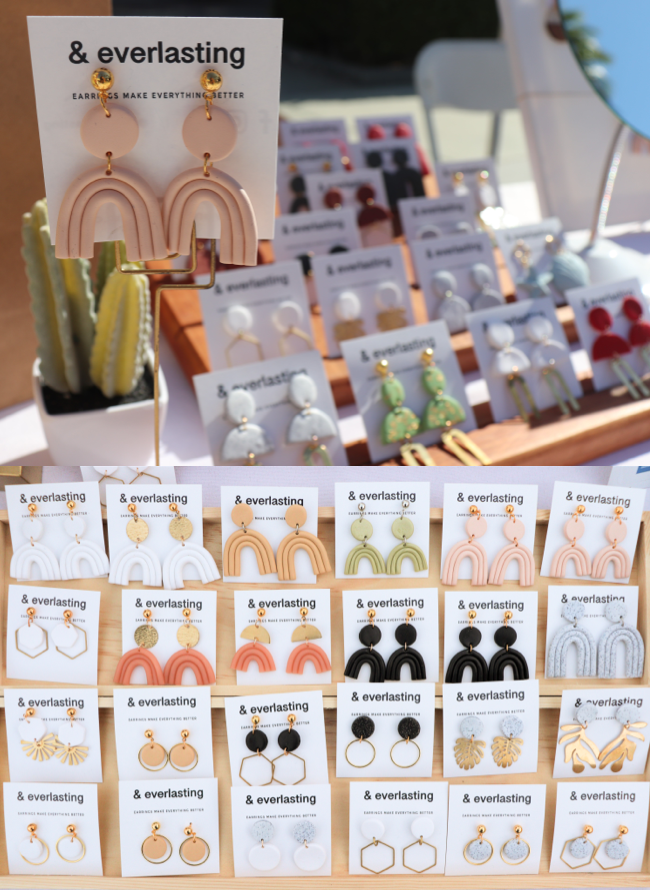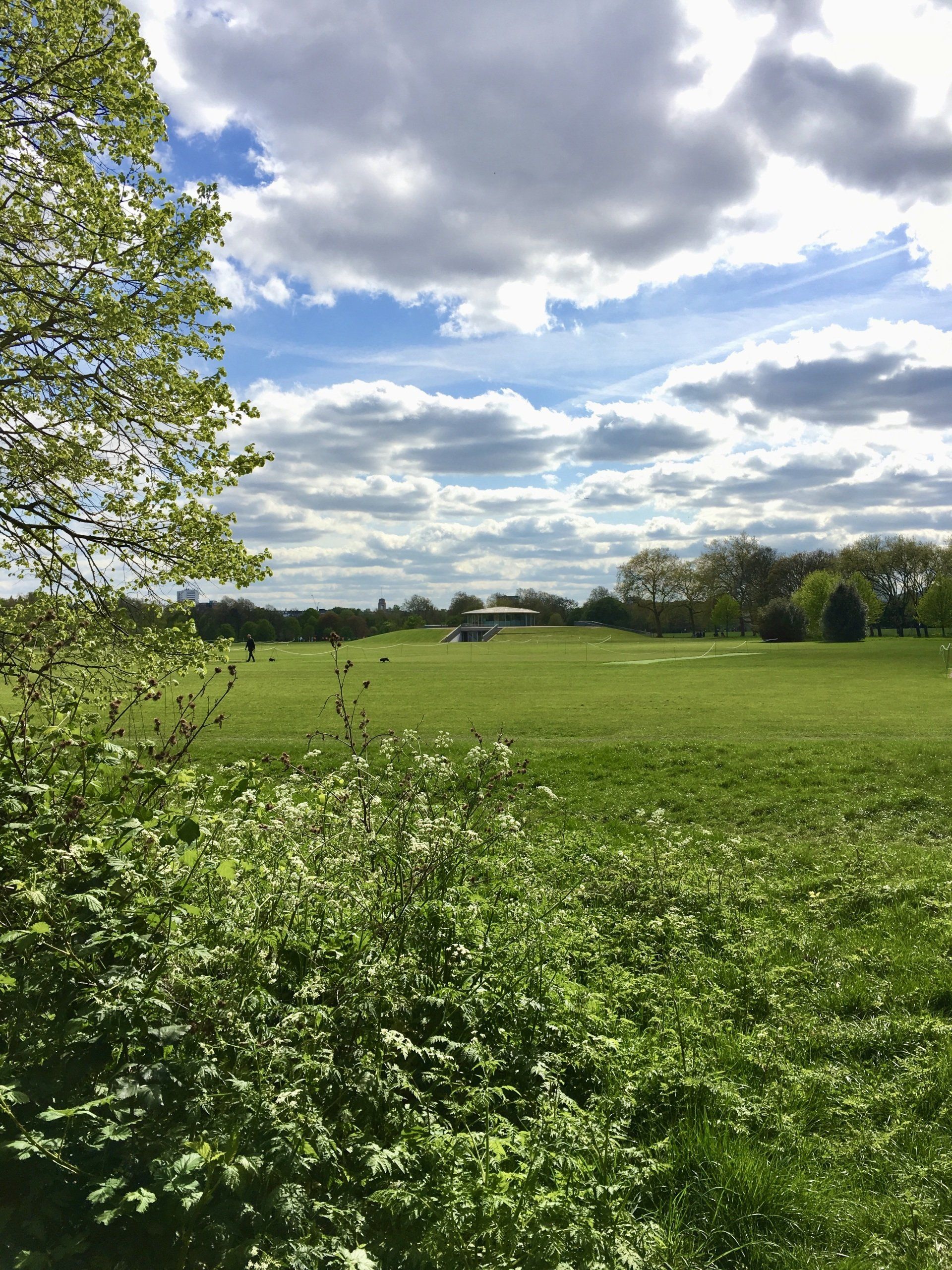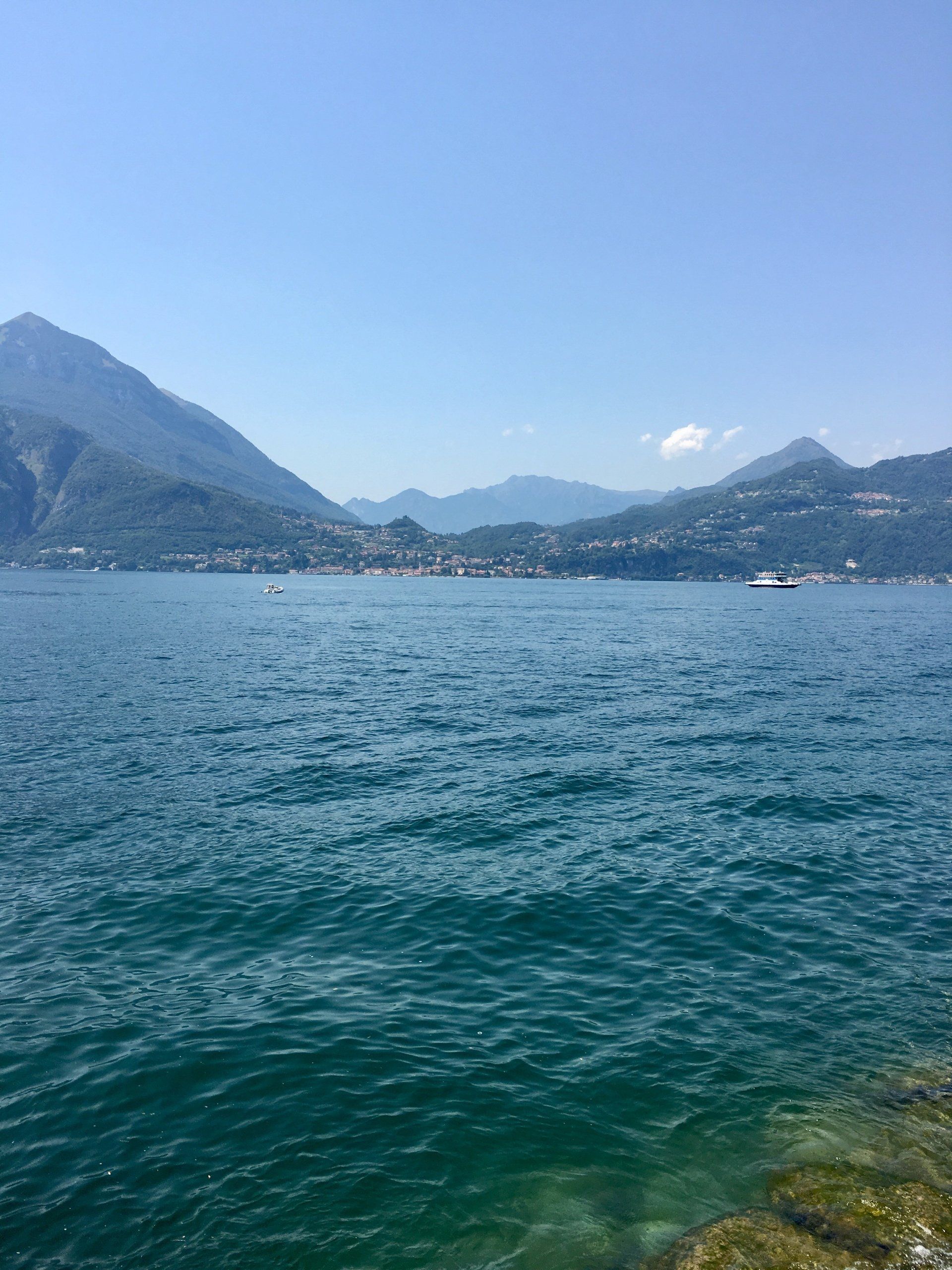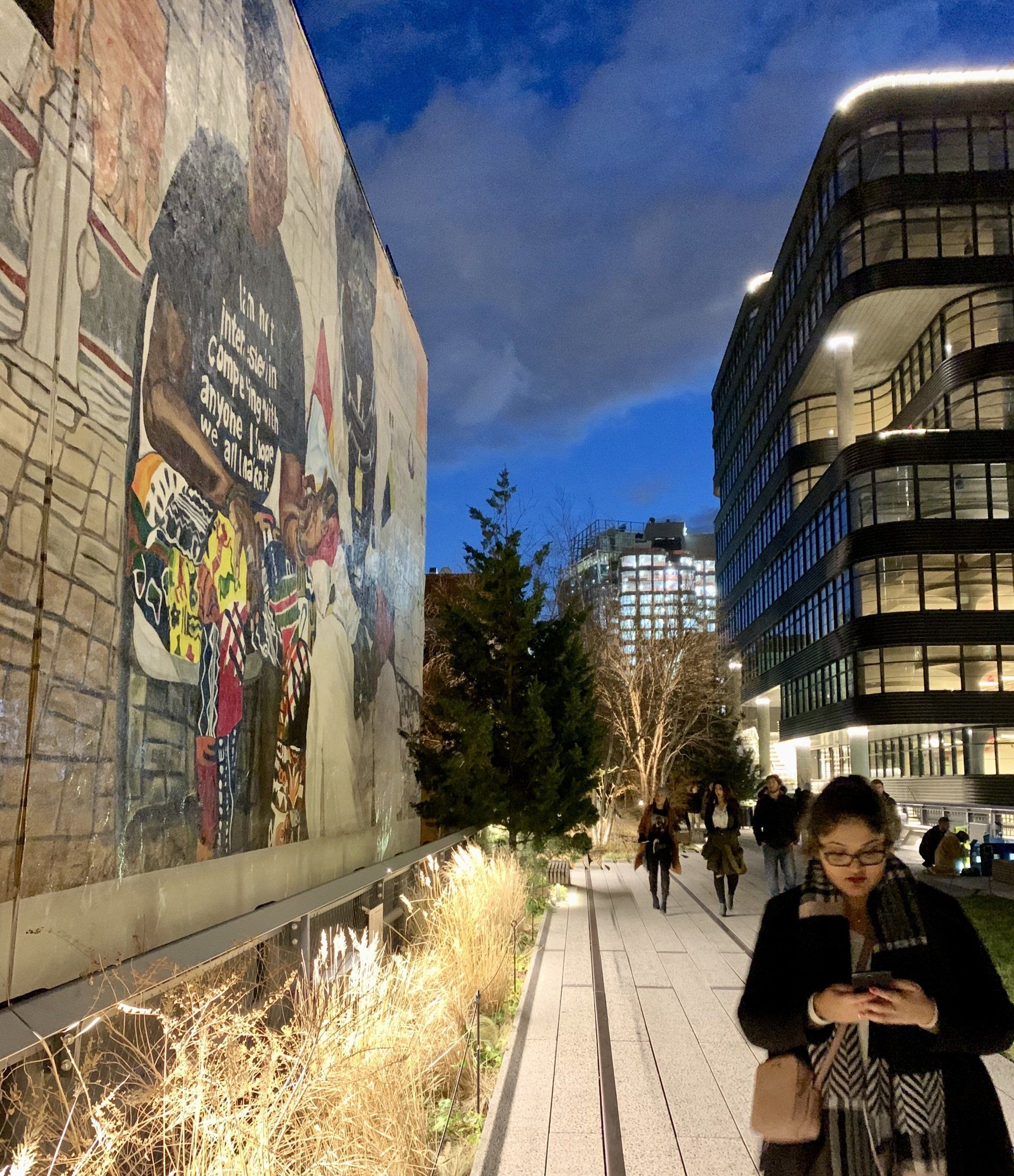Your roots run greener than you think
In the midst of the COVID-19 induced lockdown here in the UK, I noticed something. Even in the face of fear, caution and the mandate to “stay at home”, people were desperate to get outside. The stress of being cooped up indoors became very real, very quickly – a point seemingly recognised by both national and local government in their continued allowance of rationed daily outdoor exercise, and reluctance to close parks and open spaces, despite instances of overcrowding and the overlooking of social distancing. For some, this may have been the first time that they have realised the true value of our green, open spaces. Out in the countryside, and in the parks and gardens of our cities and towns, people have found spending time in natural environments to be more than just enjoyable, but essential to their wellbeing.
The urge to spend time outdoors in green spaces is hardly surprising. The earliest incidences of urbanisation and city living occur approximately 10,000 years ago - a small fraction of the 300,000 years of modern human evolution. Even then, these early proto-cities and their successors were intrinsically linked to, and dependent on, agricultural and non-urban environments. It was arguably not until the industrial revolution, just a few hundred years ago, that cities and towns became truly separated from their rural surroundings. It follows then that the developed and urban world in which over half the global population now resides, is not our natural habitat at all. What’s more, health data and indicators strongly support this idea. According to the WHO, residents of highly urbanised areas are at a significantly greater risk of non-communicable diseases such as respiratory illness and asthma, cardiovascular disease, stroke, cancers, diabetes, and, as is increasingly apparent, depression and other mental health issues. The causal factors are becoming abundantly clear. Intense air pollution, noise, a lack of space for active living, and the stresses of increased population density and social conflict are but a few of the sinister players in what is a growing public health crisis. Interestingly, the recent spontaneous and self-inspired clamour to take a countryside walk, tend a garden, or even simply take a few minutes on a park bench, compliments and vindicates one element of the response to this health emergency at a national and international level: encouraging us to spend more time in, and reconnect with, the natural world.
In one sense, the benefits of this intervention are obvious. Access to open, natural spaces and landscapes facilitates and encourages physical activity. It is in these places that we enjoying walking, running, cycling and playing sports. Particularly outside of cities and towns, but also in the context of indoor and household pollution wherever we live, the relatively cleaner air of natural environments benefits both residents and visitors, often providing a very literal “breather” from the damaging particulate matter and noxious gas emission by-products we generate in the satiation our modern lifestyles. However, there is increasing and convincing evidence that immersion in nature has significant health benefits beyond the physical.
The use of green space as a therapeutic tool – or ‘ecotherapy’, as it has become known – is not a new concept, but has grown in popularity and use in recent years. Scientific studies have repeatedly demonstrated strong relationships between exposure to nature and reductions in stress, depression, pain and aggression, and increases in attention, relaxation, concentration and self-esteem. Fascinatingly, in some cases exposure does not even need to be experienced first hand; viewing photos and film footage, or even just audio recordings of natural scenes can be enough to induce an effect. What’s more, ecotherapy is can be used in conjunction with other more typical treatments in a synergistic way. Talking, group and cognitive behavioural therapies, and physical exercise programmes are easily translatable to natural spaces, while the outdoors environment provides unique opportunities to engage people in activities. Gardening, growing food in allotments, caring for farm animals or crops, forest bathing (the activity of sitting or lying quietly among trees without distraction), environmental conservation and outdoor pursuits such as rafting, rock climbing, hiking or learning survival skills are just a selection of activities offered by mental health charities and organisations. In these scenarios, the principle intended outcomes of clinical therapies are enhanced by the calming and invigorating impact of nature. Indeed, for some people, ecotherapeutic approaches have succeeded where more traditional methods have previously failed.
Whilst the benefits of green space exposure as a treatment for physical and mental ailments are clear, I believe that we should all be striving to spend more time in natural environments simply as a preventative measure. In the same way that a regular good night’s sleep can keep us feeling alert, energised and healthy, frequent excursions into natural environments can keep us on the level mentally and physically. A successful concerted effort to get us all into the great outdoors could be an incredible turning point from a public health perspective. With this in mind, it is vitally important to consider another huge global challenge that could derail, and ultimately overturn any efforts to reconnect humans with the natural world: the systematic destruction, exploitation and degradation of our wild and green spaces.
As extensive urban growth and intensive agriculture encroaches ever more on natural landscapes, we confine untouched nature to smaller and smaller areas, such that in many cases ecosystems become unsustainable and collapse. In this way, we deprive ourselves a part of our evolution. The physical dangers of climate change and environmental destruction (flood, famine, extreme heat, drought to name but a few) are accompanied by threats to our mental wellbeing and a part of what it means to be human. Not only do we need to reclaim, restore and preserve natural spaces from a physical planetary perspective, but also from a very personal standpoint.
One upside of the current pandemic may be a greater realisation from the general public that we need to take stronger action with regards to environmental protection, and to expand green space rather than develop it. As international travel continues to be often unadvisable or restricted, it is almost certain that this year more people in the UK will choose to take ‘staycations’ over their usual holiday abroad. With campsites opening their gates to the public again, many are expecting a boom in holidaymakers spending time under canvas or in caravans, embracing life in the outdoors, perhaps for the very first time. In towns and cities, parks and gardens have become havens of enjoyment and relaxation amongst the concrete and asphalt. My hope is that moments like these will spark a renewed interest in being outdoors and appreciation of the living world around us, building the momentum and drive to overcome the climate and environmental challenges we currently face. The biggest changes are effected when voices are many.
For our own sake, we must demand more from governments and policy makers to ensure that our natural environments are respected and afforded protection. We must build and regenerate settlements in a greener, more sustainable way, where roads are secondary, and other hard infrastructure sensitive to the space and natural environments we need to live happy, healthy lives and address the climate climate crisis. Our countryside and wilderness must be protected and restored through measures to boost biodiversity and reduce human impact so that we have places to escape the stresses of urban environments and modern life. It is so easy to think that the way we live now is the way it has always been, but nothing could be further from the truth. Our history is in nature, and I hope that I will see history repeat itself.
Written by Tate Oulton






